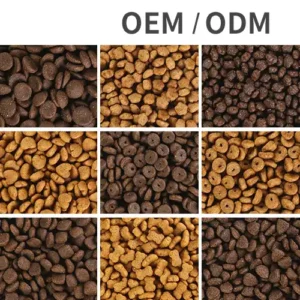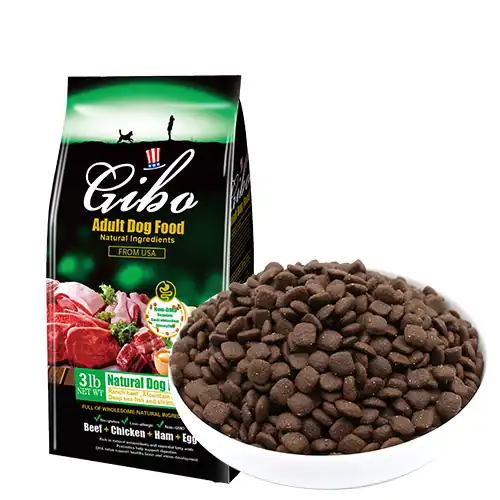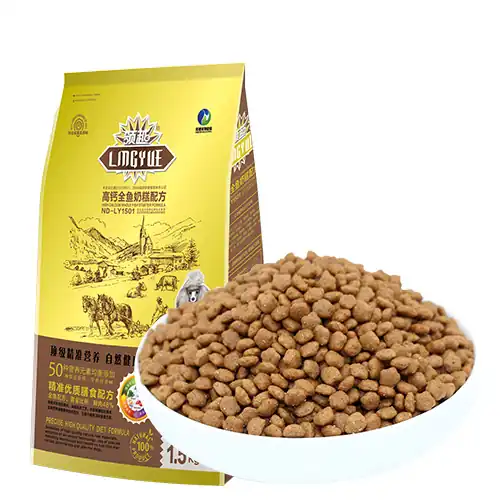In our daily life, we become busier and busier due to various factors, when the free time is less and less, the time to accompany the pet to play and walk will be unconsciously compressed later. This has led to a significant increase in the proportion of overweight dogs in recent years, and more and more owners are gradually facing the problem of dog obesity.

When dogs are overweight, in addition to shortening their lives and affecting their quality of life, they may also face the risk of increased incidence of various diseases, which may affect the dog’s joints, heart and blood pressure, and even lead to other more serious cancer diseases. Overweight dogs often suffer from stiff joints, which can make walking painful and make them more reluctant to get up and walk, affecting their daily routines and quality of life.
Four Signs That Can Help You Recognize If Your Dog Is Overweight
⭐ Can’t feel your dog’s ribs
⭐ Can’t feel the bones at the base of the tail
⭐ You can’t see a definite body shape
⭐ Heavy panting with light exercise
Pets, like us humans, need to get plenty of exercise! A good workout not only keeps the body in good shape, but also keeps the mood happy. So here are a few simple ways to help your dog stay in shape and regain his mobility!
1️⃣: Maintain adequate exercise
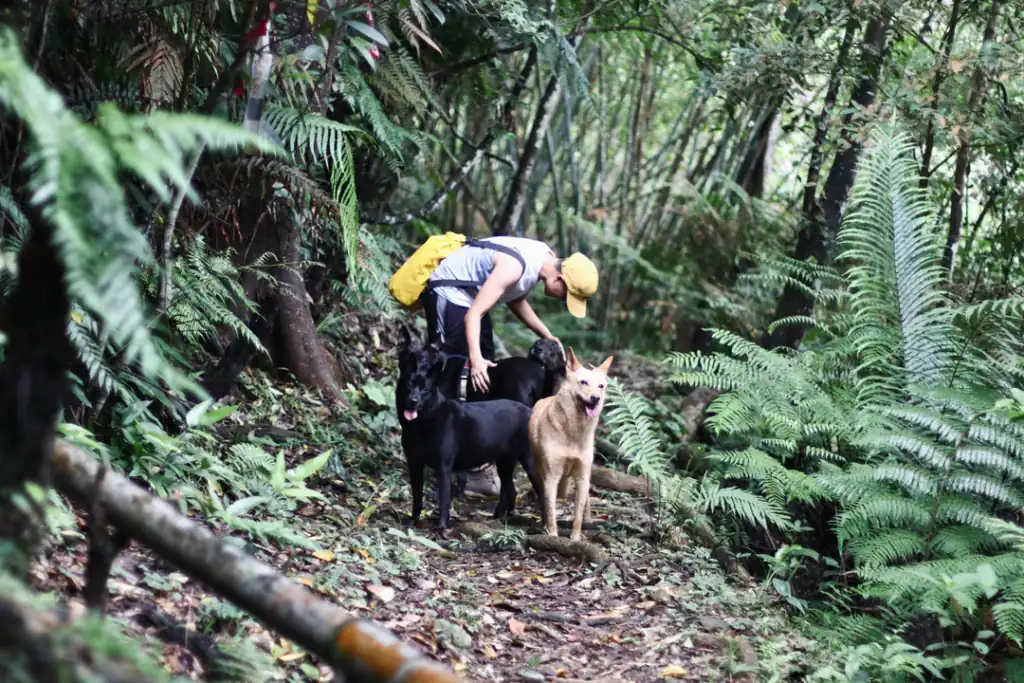
When vacations come around, we will arrange shopping or other social occasions for ourselves, and walking the dog will often be second on the list. According to research data, up to 45% of dogs walk for as little as 30 minutes a day, which is the minimum amount of daily exercise for small dogs. Common dogs such as Labradors and German Shepherds need more than two hours of exercise a day!
So, it’s time to take your dog outside and enjoy a healthy walk in the fresh air through play, training, and walking, and it’s a great way for both parties to stay active.
2️⃣: Restraint in Snacking

As with our human food intake pattern, snacking between meals is an unhealthy behavior, and so is our dog.
Reduce the amount of time your dog spends on snacks, only give snacks during training when his behavior is good, and follow the feeding recommendations on the snack packet!
This is the only way you can be responsible for your dog.
It is recommended that you provide your dog with a high quality, nutritionally balanced diet –
Choose pet food that is high in protein, moderate in fat and low in carbohydrates;
We also do not recommend giving your dog human food as the fat, sugar and salt content may be too high for dogs.
3️⃣: Don’t overfeed
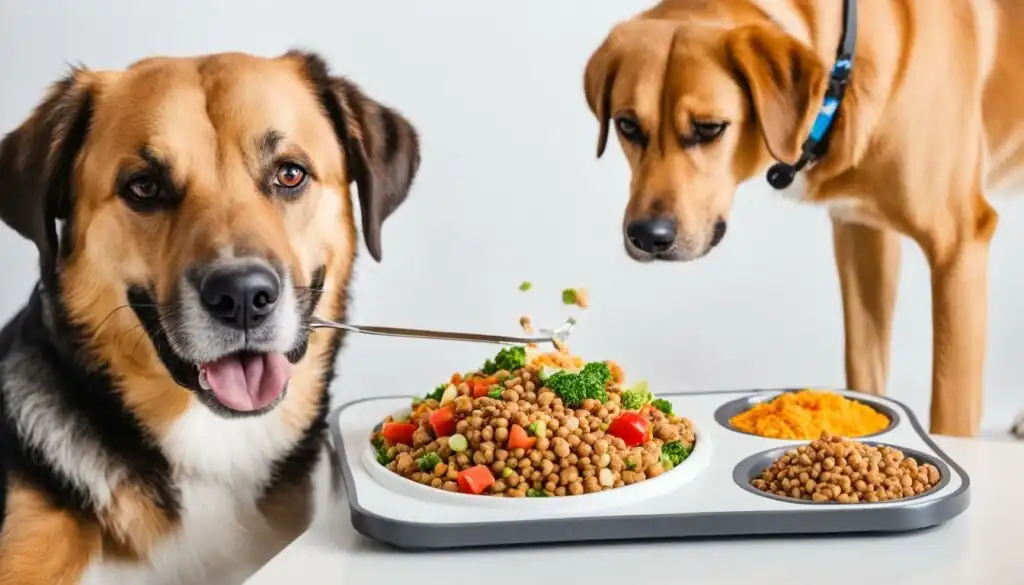
Similarly, overfeeding can be a major cause of obesity in pets.
Therefore, to prevent this from happening, it is important to follow the recommendations on the package and pay more attention to the amount of food you are feeding your dog! You can use a small scale to check if your dog is getting the right amount of food!
Because it’s easy for cups to be inaccurate and wrong, your dog’s health is worth taking the time to measure accurately; It’s also easy to accidentally feed your dog too much food if you’re measuring by eye rather than using a scale or spoon.
4️⃣: High Nutrient, Low Calorie Diet
A High Nutrient, Low calorie diet is recommended as a guideline for feeding your dog! This is because it is not wise for pets to simply reduce their normal food intake.
You should not reduce your pet’s intake of normal food because it directly reduces the amount of nutrients your pet is getting and will not have a positive effect on their health. In other words, if you reduce the amount of food recommended on the package, you are directly reducing the amount of nutrients your pet should be receiving!
5️⃣: Proper Diet and Exercise Programs
In addition to providing your dog with a low-calorie, nutrient-rich diet, it is recommended that you consult your veterinarian for advice on dietary intake and exercise levels that are appropriate for your dog!

Your veterinarian will be able to assess your dog’s age, breed, and current health status, and will be able to tailor a diet and exercise program to suit your dog’s needs.
Remember that the time it takes for each dog to lose weight varies depending on physical condition and environmental factors. Just like humans, some people lose weight very quickly, while others take more time to lose weight. Therefore, it is recommended that you pay close attention to your dog’s appearance and behavior.
If you are unsure if your dog needs to lose weight, or if your dog’s health is being affected by changes in diet and lifestyle, such as degenerative arthritis or short-nosed dog syndrome, we also recommend that you take your dog to your veterinarian for a discussion.

